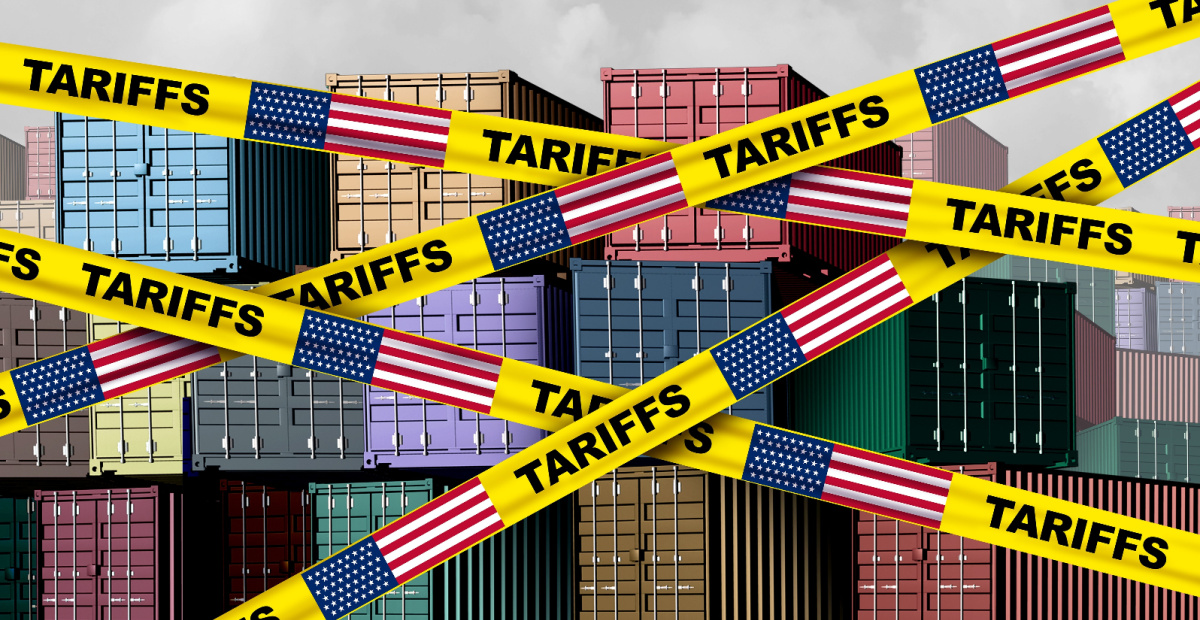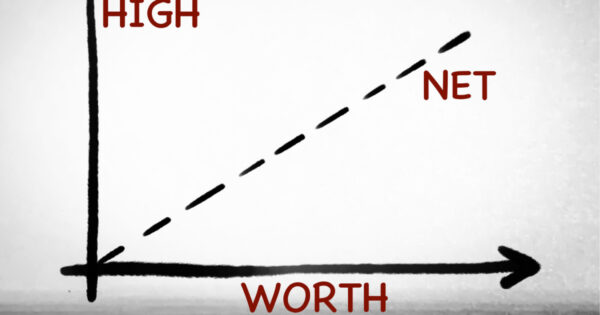After Trump’s tariff pause: Asia to feel most pain, LatAm & CEE to emerge mostly unscathed

The Trump Administration’s temporary pause on its ‘Liberation Day’ tariffs – which introduced a minimum 10% to up to 49% impost on goods from more than 50 economies worldwide – is unlikely to be extended nor change drastically in this time, says European investment juggernaut Amundi, with Asia’s emerging markets (EMs) to bear the worst consequences of the trade war.
Trump’s belligerent tariff regime will hit Asian economies the hardest, Amundi Investment Institute’s head of emerging macro strategy Alessia Berardi opines in the latest EM market update – “a predictable outcome”, she wrote, “given the region’s high level of integration in the production and export of goods to the US, which has resulted in a significant external surplus”.
The rate of the imposed tariffs appears to have been calculated based on a country’s balance of trade with the US, with those trading in surplus hit with correspondingly higher tariffs.
As such, the highest rates were levied on small countries, including Cambodia, Laos, Vietnam, and Sri Lanka, which were hit with tariff rates of between 49% and 44%.
However, China – which the US sees as its direct economic competitor – wears the worst of the imposts, slapped with a total 145% tariff rate after it issued its own retaliatory tariffs, now at 125%.
China also did not escape Trump’s tariff pause, with the world’s two largest economies now effectively operating under a trade embargo.
Berardi notes that the reset of equity valuations across EMs has allowed for an improved upside potential, with India and the Philippines emerging “as relative winners thanks to their lower vulnerability to tariffs and supportive domestic demand trends”.
In Central and Eastern Europe (CEE), which under the European Union were slapped with a round 20% tariff rate, Amundi sees the tariffs impact as more “indirect”, being largely linked to the fortunes of Germany.
“The most vulnerable countries are Hungary and the Czech Republic, as they are highly integrated into the Germany-led EU automotive supply chain. By contrast, Romania and Poland appear more shielded, considering their less direct trade linkages,” Berardi wrote.
Meanwhile, Latin America (LatAm) saw the least impact from the announced tariffs, with key trading partners, including Mexico – which Amundi says it now favours – granted a temporary pause.
Additionally, copper (a major export for countries such as Chile and Peru) was for the time being exempted from the tariff schedule, Amundi noted.
As a result, the outlook at a regional level for both LatAm and CEE, Middle East and Africa remains neutral or constructive.
Overall, the global economic outlook continues to trend downward, Amundi predicts, with global inflation pressures likely to be further exacerbated by the escalation in the trade conflict.
For Amundi, the inflation outlook for EMs remains uncertain, and will depend on several factors: the ability for economies to engage in “healthy currency devaluation” to absorb the external shock; the extent of retaliatory tariffs and supply chain disruptions; and a potential moderation of oil prices (offering a counterbalance to tariff-driven inflation) and the redirection of China’s goods from the US to elsewhere, potentially amplifying the disinflationary trend.
Amundi advises investors in fixed income, with an anticipated weaker US Dollar, should seek a “selective and tactical allocation across the EM FX universe”.
Local debt performance, Amundi adds, will continue to hinge on the path of the Fed and the reaction of EM central banks.
“However… for the first time in a while, we anticipate some value in EM [investment grade credit], as spreads are expected to tighten.”











The opinions of Comrade Super should be immediately put in the bin. Aren't these the same funds that get fined…
On that basis then, advisers that have done nothing wrong, should not be expected to pay for the wrongs of…
On the very same theory, why should I pay for the misdeeds of others ? It wasn't my financial advice…
ISFs on the other hand a BEGGING Government to charge these same 12 Million low- and middle-income Australians HIDDEN COMMISSIONS…
neither do we! adviser!